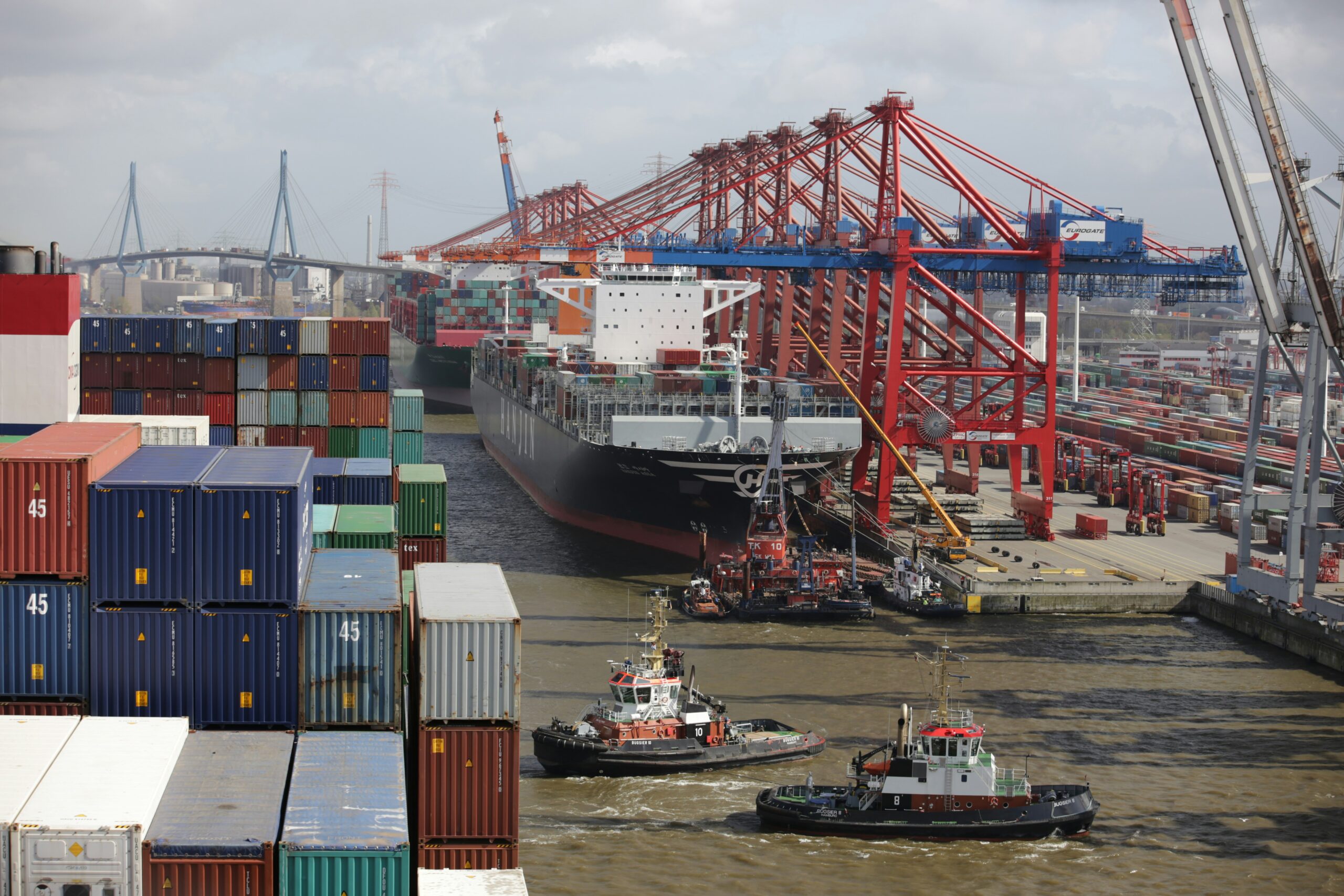
Global supply chains form the backbone of today’s interconnected economy, but leading them successfully requires insight, agility, and strategic vision. For leaders overseeing complex networks spanning continents, managing risks, optimizing efficiency, and fostering collaboration are daily challenges. This article explores how leaders can navigate global supply chains effectively by embracing innovation, anticipating disruptions, and cultivating strong partnerships.
Understanding the Complexity of Global Supply Chains
Global supply chains involve multiple stakeholders, ranging from raw material suppliers to manufacturers, logistics providers, distributors, and retailers. Leaders must coordinate these diverse players across different countries, cultures, and regulatory environments. This complexity often results in opaque processes and increased vulnerability to delays or disruptions. Recognizing the multifaceted nature of supply chains is the first step leaders take to devise resilient strategies.
Moreover, global supply chains are constantly pressured by shifting demand patterns, geopolitical tensions, and technological change. Leaders must appreciate that no two supply chains are alike; each carries unique challenges and opportunities depending on industry, product, and geography. Leaders can tailor their approaches to optimize flow and reduce inefficiencies by developing a deep understanding of these dynamics.
Anticipating and Managing Disruptions
In an increasingly volatile world, supply chain disruptions have become frequent and unpredictable. Natural disasters, political unrest, pandemics, and trade conflicts can all interrupt the smooth movement of goods. Effective leaders do not simply react to disruptions; they anticipate potential risks through proactive planning and scenario analysis. This forward-thinking mindset allows them to build contingency plans that minimize impact and ensure continuity.
Leaders also emphasize real-time visibility to monitor supply chain activities continuously. By leveraging technology such as IoT sensors, AI analytics, and blockchain, they gain greater transparency into inventory levels, transit status, and supplier performance. This information empowers swift decision-making when disruptions arise, helping leaders to reroute shipments, source alternative suppliers, or adjust production schedules promptly. Consequently, proactive risk management becomes a competitive advantage.
Leveraging Technology for Supply Chain Optimization
Technology transforms global supply chains from rigid structures to adaptive networks. Leaders harness digital tools to improve forecasting accuracy, streamline operations, and enhance partner collaboration. Advanced data analytics enable better demand sensing, reducing excess inventory and stockouts. Automation in warehouses and transportation improves speed and reliability.
Additionally, integrating systems through cloud platforms facilitates seamless communication among supply chain participants. Leaders prioritize investing in these technologies to create a more connected and responsive supply chain. As digital transformation accelerates, those who embrace innovation improve operational efficiency and position their organizations to respond agilely to evolving market needs.
Cultivating Collaborative Partnerships
No supply chain succeeds without strong relationships among its participants. Leaders recognize the importance of trust, transparency, and shared goals in fostering collaboration. They encourage open communication and joint problem-solving by nurturing partnerships based on mutual benefit. This collaborative spirit helps align expectations and drive continuous improvement throughout the supply chain.
Furthermore, leaders engage suppliers and logistics providers early in planning, involving them in strategy development and risk assessments. This inclusive approach builds resilience by tapping into partners’ expertise and resources. Collaborative networks respond more effectively as challenges arise, adapting to changes with flexibility and shared commitment.
Balancing Cost Efficiency and Sustainability
Leaders face the dual challenge of controlling costs while advancing sustainability goals within global supply chains. Pressure from customers, regulators, and investors increasingly demands environmentally responsible practices. Leaders work to reduce carbon footprints by optimizing routes, consolidating shipments, and selecting eco-friendly materials and partners.
At the same time, leaders remain vigilant about managing expenses to preserve profitability. This balance requires innovative thinking and a long-term perspective. Investing in sustainable solutions often yields cost savings over time, such as reduced energy consumption or waste. By integrating sustainability into supply chain strategy, leaders create value that benefits both business and society.
Developing Talent for the Future
Global supply chains’ complexity and rapid evolution demand skilled leadership and a capable workforce. Leaders prioritize developing talent with cross-functional expertise in logistics, technology, analytics, and international regulations. They encourage continuous learning to keep pace with new tools and emerging trends.
Moreover, cultivating diversity and inclusive leadership teams strengthens problem-solving and innovation. Different perspectives help anticipate risks and identify opportunities that might otherwise be overlooked. By investing in people, leaders build supply chains that are efficient, resilient, and adaptable to future challenges.
The Strategic Role of Leadership in Supply Chains
Ultimately, navigating global supply chains is a strategic endeavor beyond operational execution. Leaders shape vision, culture, and priorities that guide supply chain decisions. They align supply chain objectives with overall business goals to create a competitive advantage.
Effective leaders also communicate clearly with stakeholders, articulating the value of supply chain initiatives and securing necessary resources. Decisive action and continuous improvement elevate supply chains from cost centers to strategic assets. Their leadership transforms complexity into opportunity, driving growth in a global marketplace.
Leading global supply chains requires a multifaceted approach grounded in deep understanding, proactive risk management, technological innovation, and strong partnerships. Leaders who navigate these complexities with vision and agility optimize performance and position their organizations for sustainable success. As supply chains continue to evolve, leadership remains central in steering through challenges and harnessing the full potential of global networks.